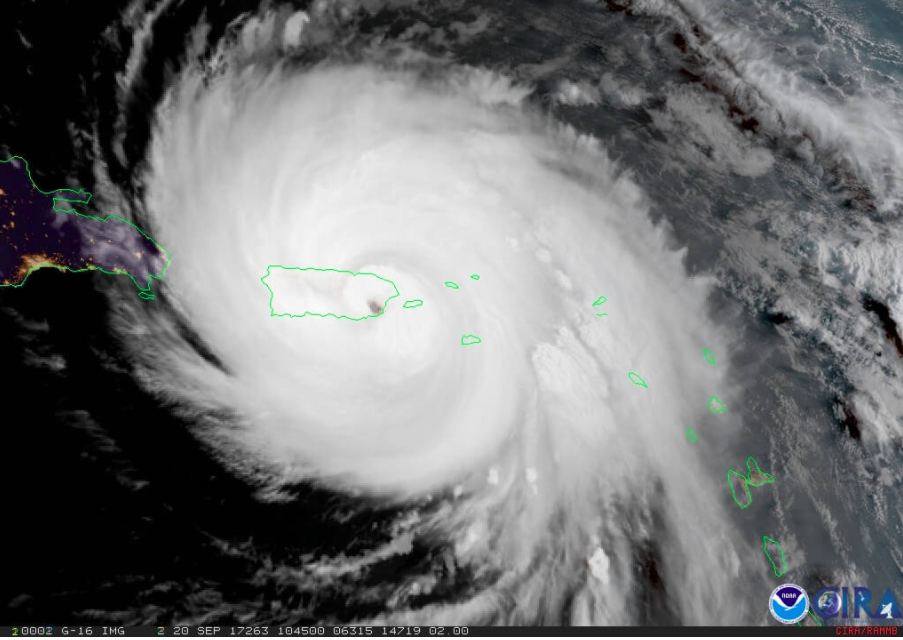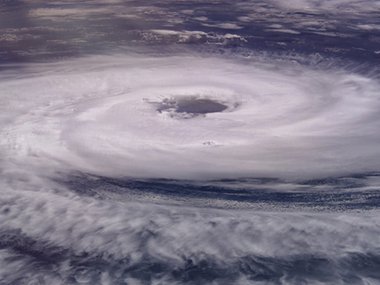Question Your World: How Is Google Helping Puerto Rico’s Communication Needs?
Hurricane Maria left Puerto Rico decimated in September 2017. While recovery efforts are underway, the island still faces many challenges to truly get things up and running. Emergency organizations, governments, and private businesses are all pitching in to get the island's recovery efforts moving forward. Google has offered to help bring the hurricane-battered island some help in their communication infrastructure using a pretty awesome approach. How is Google helping Puerto Rico's communication needs?
Like most things in life, communication is very important. Whether it’s making shopping plans or fixing up an entire island hit by extreme weather, the ability to communicate is key and one of the most vital needs in a recovery effort. Supplies need to be ordered, workers need to be surveyed, and the daily needs of the residents must be shared among a large group of individuals. Over 75% of Puerto Rico's cellular towers are still offline making it very difficult, and in some cases near impossible, to communicate with loved ones, friends, or even emergency workers. The immediate need for a better communication infrastructure was noted by emergency workers, and this is where Google comes in.
Google has begun work on restoring LTE cellular service to the over 3.5 million Americans living in Puerto Rico and parts of the Virgin Islands. To do this, Google will float a network of helium balloons 65,000 feet in the air, blanketing the region below with cell service. This undertaking is called Project Loon, and these hurricane battered areas will be the next location for this project, which has already been used in disaster relief in many other countries. Project Loon made headlines earlier in the year when it was used to bring internet to the flooded areas of Peru, and similar projects sponsored through Google have helped folks in France, Brazil, Indonesia, and Sri Lanka, among others.

Image credit: Getty Images
In the past, these floating cell towers have been able to facilitate the transfer of about 160 GB worth of data. That's enough to send about 30 million What's App messages or 2 million emails. Even more impressive is that they can cover an area the size of Sweden. Puerto Rico is significantly smaller, so these balloons should be able to provide ample coverage as teams work around the clock to deal with recovery and restoration efforts.
The next step here is getting Project Loon technology and coding to integrate and function with the telecom partners and providers on the ground. If everything goes as planned, Google will be able to provide this service through the initial recovery efforts from now until April 2018.
These regions will face years of rebuilding, but Google's floating cell towers would at least make urgent communication infrastructure one less thing that's left up in the air.
